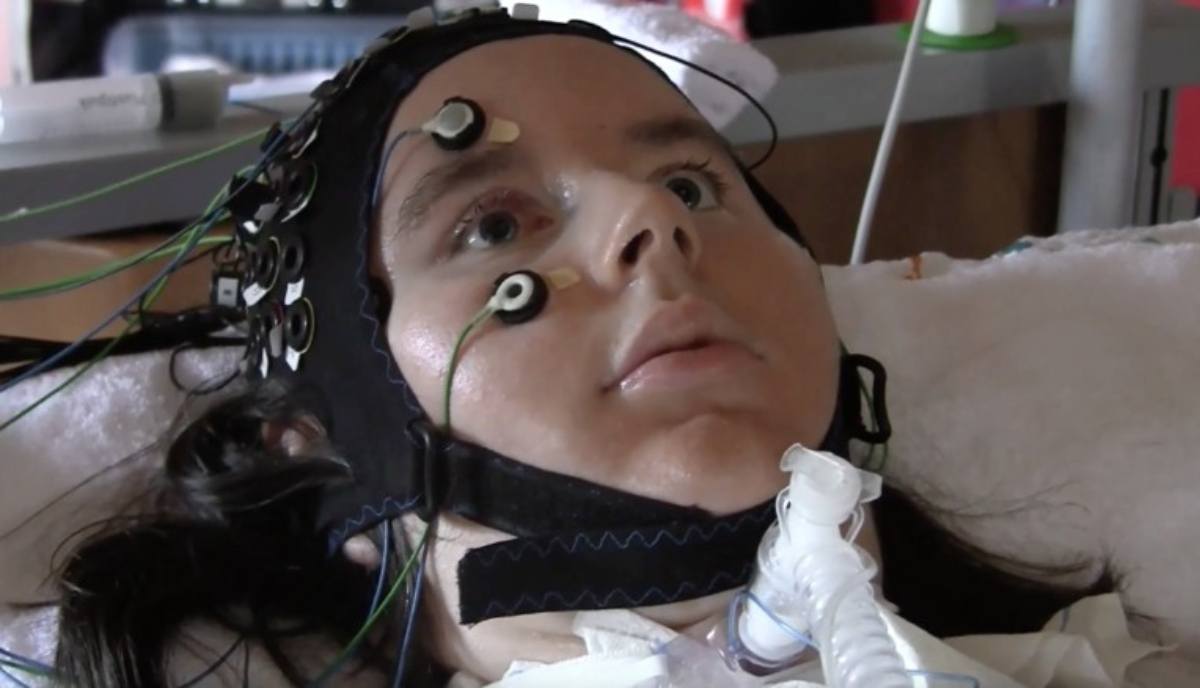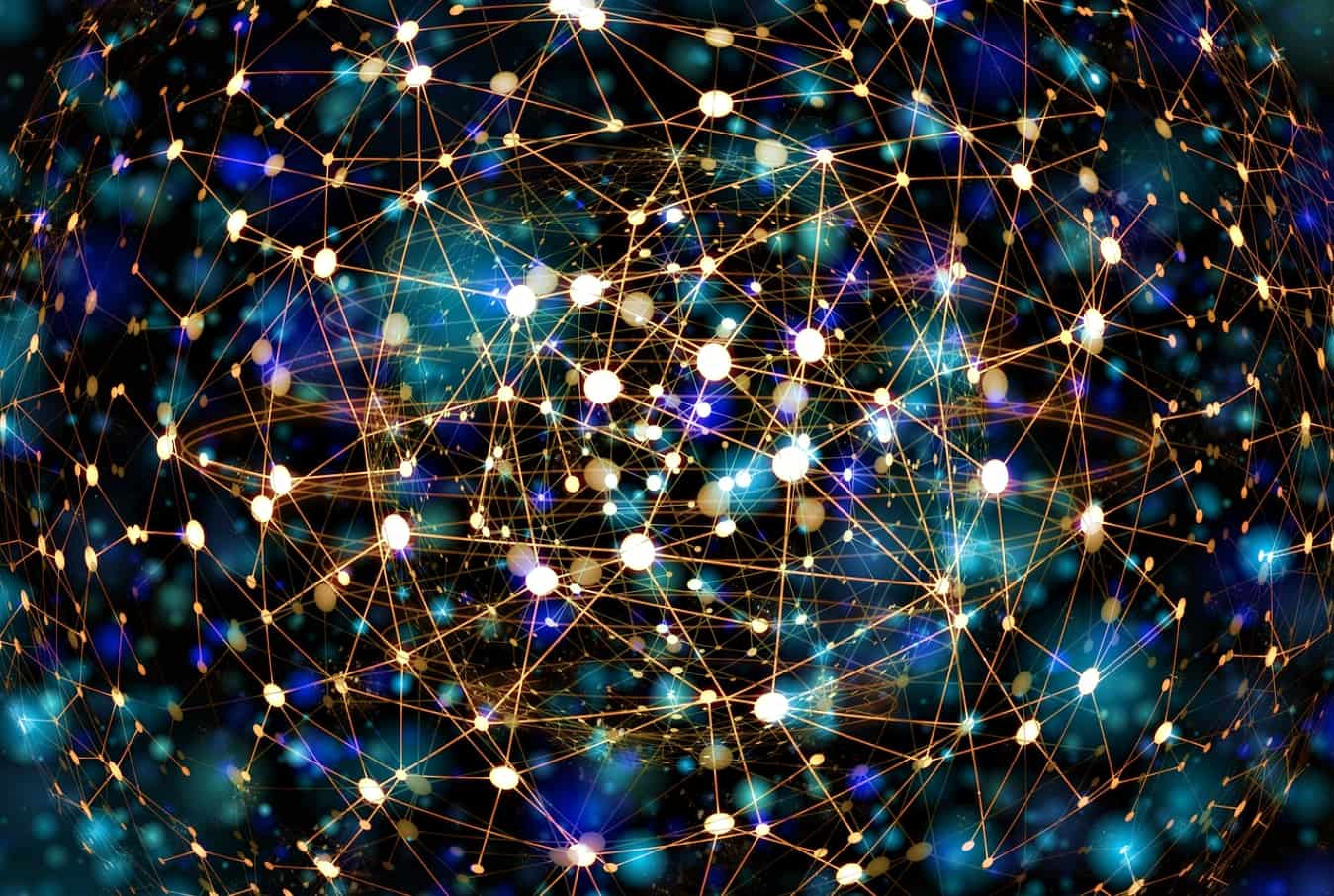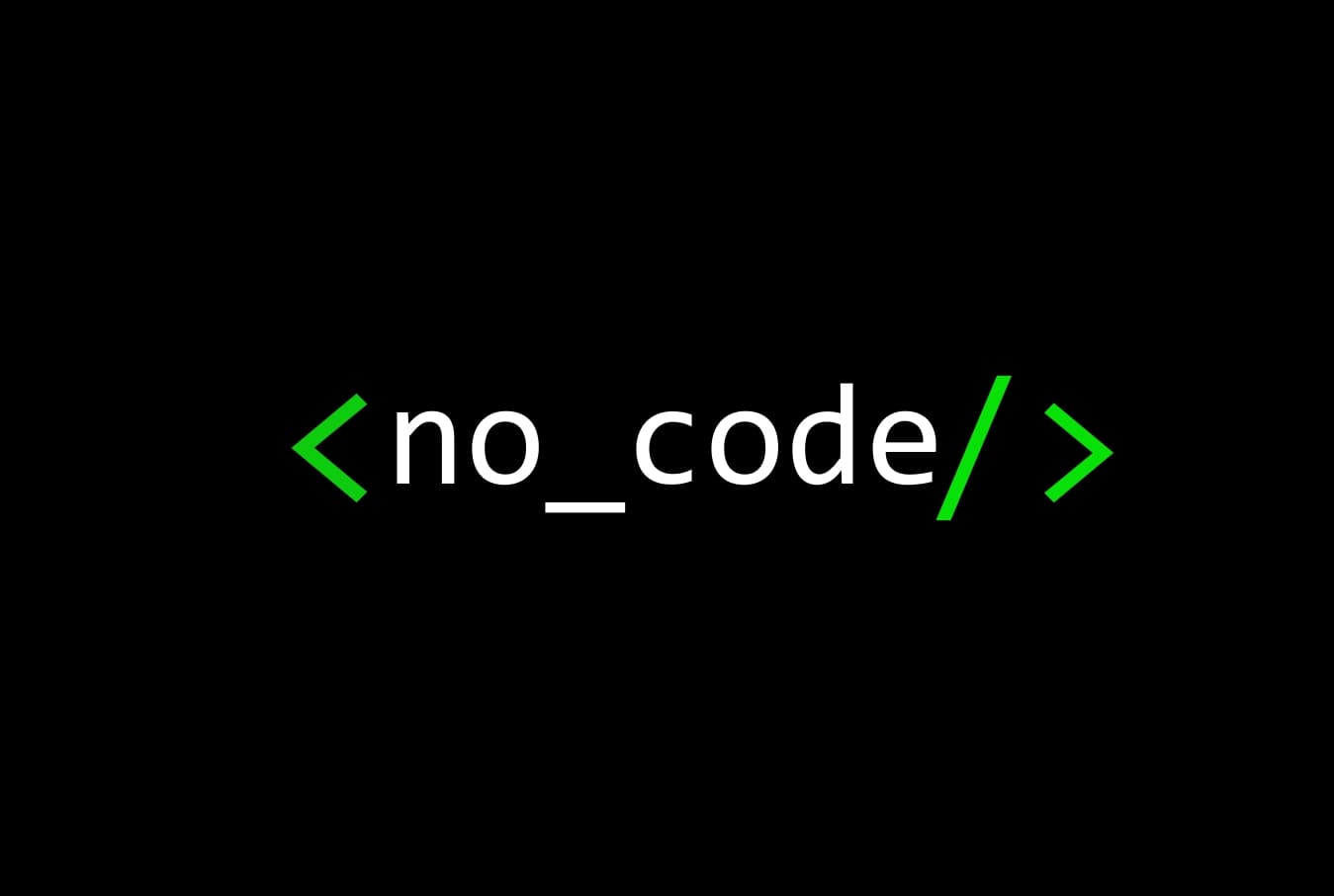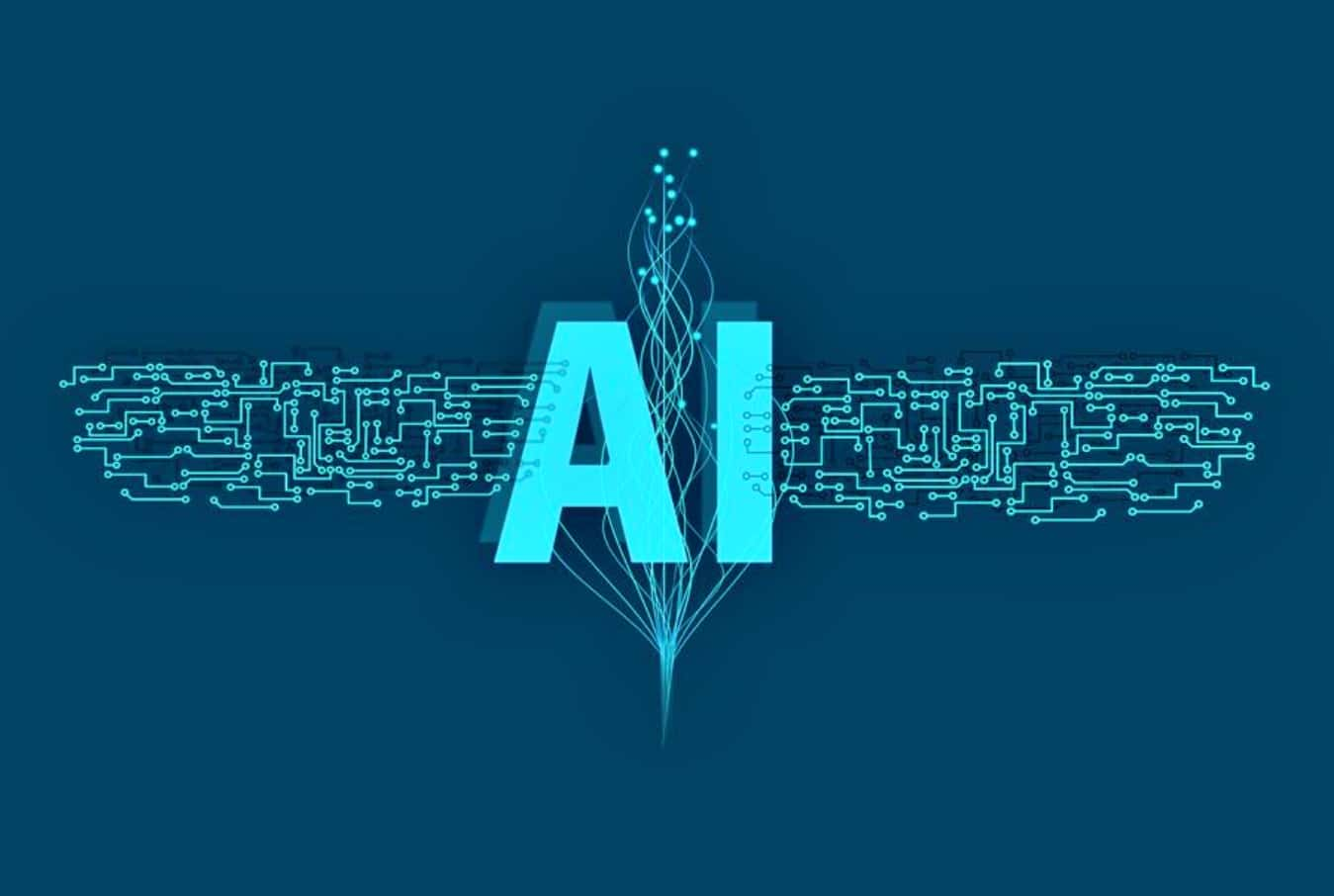Locked-in syndrome is the worst of all neurological diseases. Patients who are “locked-in” lose control over all the voluntary muscles except for the ones that control the eyes.
Thanks to the advancements in technology, researchers have been able to develop computers that track the eye moment and help these patients to communicate.
But what about people with complete locked-in syndrome where only the mind is awake while the whole body is paralyzed? Implanting electrodes in the brain of volunteers has allowed users to move the on-screen cursor letters, but the process is prolonged.
However, few researchers have been able to use AI in computers that can interpret the patient’s imagination of trying to draw a character.
In a new experiment, a locked-in patient volunteer paralyzed from the neck down was asked to imagine drawing a character with his just hand.
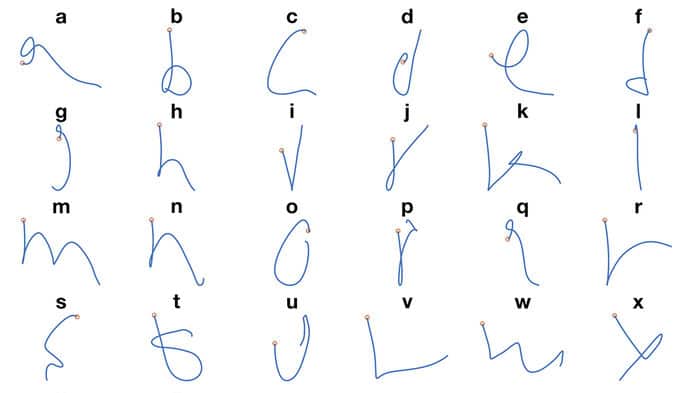
After tracing the brain activity, the neural network model was able to determine the trajectory of his imagined pen tip to create letters.
According to the report, the computer was able to identify the imagined sentences with roughly 95% accuracy at a speed of about 66 characters per minute. It’s still three times better than average 39 characters per minute with on-screen letters.
Moreover, the researchers believe that speed is likely to increase with more practice. With more refinement in the proposed technology, researchers are planning to use the same AI to understand the brain’s activity in subtle motor movements.

